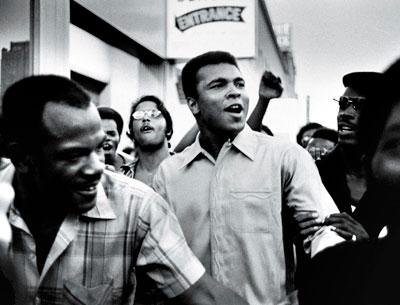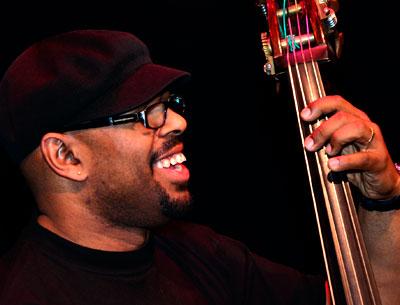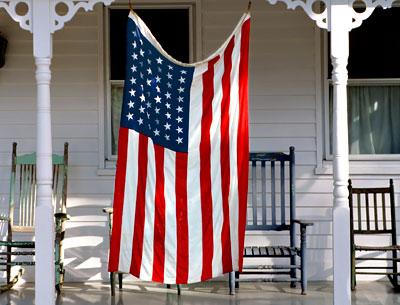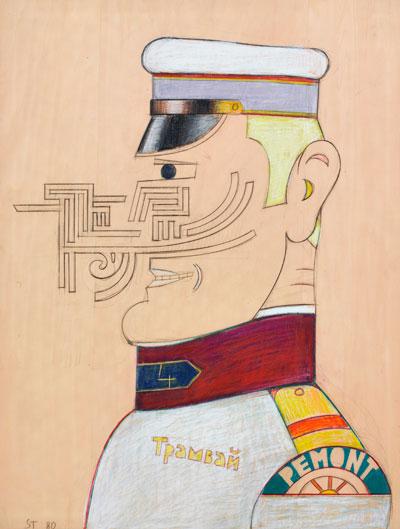‘E-Team’: Human Rights Workers on Front Lines
‘E-Team’: Human Rights Workers on Front Lines
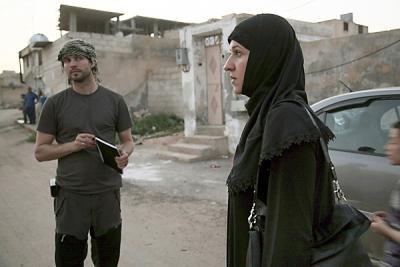
While Human Rights Watch is one of the best-known and most effective organizations dedicated to investigating and defending human rights around the world, its emergencies team is less familiar to the general public. “E-Team,” a new documentary by Ross Kauffman and Katy Chevigny, sheds light on the work of four members of the division that, in the words of the organization’s website, “deploys as crises and conflicts are underway to impact the situation in real time.”
“E-Team,” winner of the Hamptons International Film Festival’s 2014 Brizzolara Family Foundation Award for Films of Conflict & Resolution, follows Fred Abrahams, Peter Bouckaert, Anna Neistat, and Ole Solvang from the domestic normality of their homes to war zones in Syria and Libya.
The film opens in Syria in 2013, where Anna and Ole are investigating a bombing that injured more than 200 people, many of them children. One of the Syrian men points to a pile of shrapnel from a cluster bomb and, holding a piece of metal, says, “This is what went inside my body.” In the middle of the conversation, an explosion rocks the apartment, and a woman screams, “This never stops!”
From Syria the film shifts to the apartment Ole and Anna share in Paris with her son, Danya, as they watch news footage of protesters marching amid bombed-out buildings in Damascus. The preparation for their upcoming mission to Syria is followed by footage of them driving at night toward the Turkish border, where, at daybreak, they carefully step across a barrier of barbed wire and into Syria.
Watching this scene, and those that follow, one can’t help but be amazed not only at the E-Team members and the people who help them and provide information, but also at the presence, though unseen, of the filmmakers.
Mr. Kauffman, who directed, produced, filmed, and co-edited the 2005 Academy Award-winning documentary “Born Into Brothels,” is a respected documentary cinematographer who has filmed in war zones around the world. Ms. Chevigny has directed or produced more than 20 documentaries that have been shown theatrically, on television, and at such festivals as Sundance, Tribeca, and Berlin.
“We’ve known each other for years,” said Ms. Chevigny, “I had produced some work Ross had done, and Ross had shot some things that I was doing. We were looking for a meaty project we could work on as partners, and ‘E-Team’ wound up being that project.”
The filmmakers were familiar with the work of Human Rights Watch, having shown films at its own film festival. While they were considering a project about the organization, they had dinner with the four E-Team members who are in the film. “At that dinner, Ross and I really got the feeling that there could be a film there. They were such great characters, we wanted to see them in a movie.”
“At our first meeting with the organization, we made it very clear that we would do the film only if we had total creative control,” Mr. Kauffman said. “We’re going to show your organization, warts and all. They very courageously said, ‘Okay, we trust you guys.’ ” Many film crews had approached Human Rights Watch over the years, “but we were the first they gave total access to.” Ms. Chevigny added that the organization only asked that the filmmakers not get in the way of the E-Team’s work and not endanger anybody by exposure.
Filming began in Libya in January 2011, and concluded in the fall of 2013 in Syria, where they investigated the bombing of 22 civilian houses in Azaz, not far from Aleppo. After talking with the Syrians there, Anna became convinced that the United Nations Security Council should approve a no-fly zone, but, at a meeting at H.R.W. headquarters in Manhattan, Carroll Bogert, its deputy executive director, rejected the idea.
In all, the team shot 350 hours of film. “We knew the success of the film was going to depend on the editor,” Ms. Chevigny said. “Thankfully, David Teague agreed to edit the film, even though he had many other offers. He wasn’t deterred by the amount of footage, and he really worked closely with us to craft a story from a lot of disparate material.”
Both Mr. Kauffman and Ms. Chevigny knew from the beginning that the story had to be shot in cinema verité. “We were very clear that we wanted to follow these great characters in their homes and with their families and to connect with them on that level,” Mr. Kauffman said.
The team has seen the finished film. “You make a film about somebody, and they have no idea of what you’re going to do,” said Mr. Kauffman. “It was very nerve-wracking for us as well as for them when we first showed them the film. Once they saw it, they said, ‘Wow, you guys did a really good job!’ ”
The E-Team is still working in the region. Mr. Abrahams recently went to northern Iraq to investigate ISIS abuses in that area. He was also looking into crimes committed by the Iraqi government in retaliation. “That’s one of H.R.W.’s claims to credibility,” said Ms. Chevigny. “They look at all sides to make sure abuses aren’t being committed, and if they are, they document them.”
In one scene, the filmmakers travel to Mr. Bouckaert’s farm outside Geneva. The bucolic setting, where he is stacking firewood with his son’s help, is in stark contrast to footage of his investigation of weapons in Libya. His knowledge of weaponry has earned him the nickname of “bang-bang guy.” Mr. Bouckaert was unwittingly speaking for the rest of his team and the filmmakers when he said, “It’s nice to be on the right side, and it’s nice to fight back.”
“E-Team” will be shown Sunday at 1 p.m. at East Hampton UA3 and Monday at 11:45 a.m. at East Hampton UA4. After the Sunday screening, a panel including Mr. Kauffman and guests from the fields of human rights and journalism will compare and contrast the work of investigative reporters and the E-Team. The film will be released Oct. 24 in select theaters and on Netflix.

